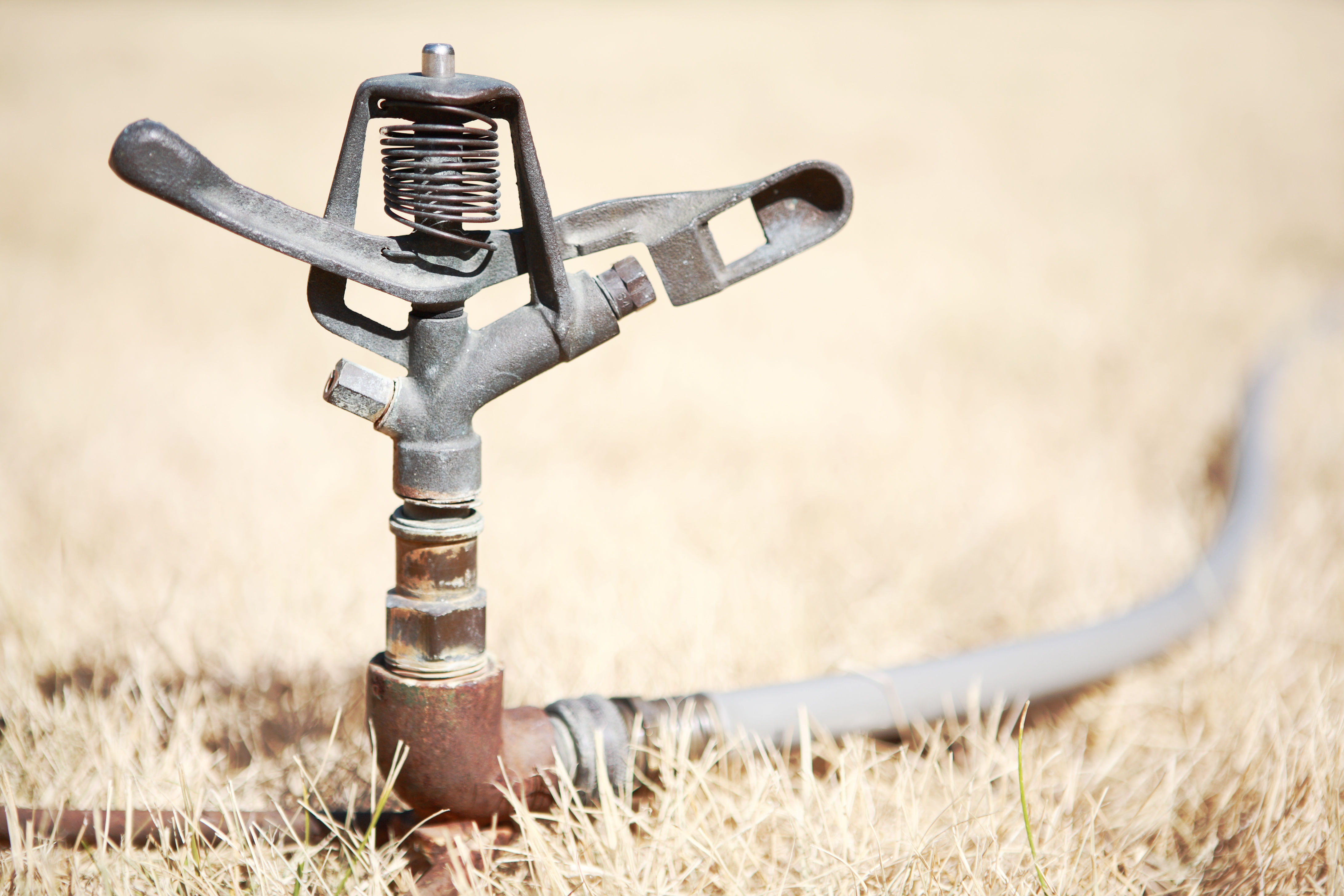How to Help a Drought-Stressed Lawn
Source: Kenneth Clayton, plant and soil sciences extension associate professor
Kentucky’s been pretty dry the past few weeks. Even if we get a heavy rainfall in the near future, it won’t completely alleviate drought symptoms.
When a lawn becomes excessively dry, the soil surface develops some water repellency that prevents water from soaking in during a quick, hard rain event.
Here are some things you can do to help your thirsty grass and hopefully avoid having to completely reseed your lawn.
- Water every other day or every third day until good, soaking rains begin.
- Apply about two-thirds of an inch of water each time. You can check this by probing the soil with a knife or screwdriver to determine if the soil is wet 2 to 3 inches deep.
- Water in the early morning to help reduce diseases, remove dew and reduce evaporative water loss.
- Water areas that have the earliest browning first. These are often on southern or western-facing slopes or areas with heavy clay soils, very compacted soil or rocks near the surface.
- If possible, don’t mow a drought-stricken yard until you can water it or you know a soaking rain is on the way. Weeds are still growing and flowering during summer droughts. Wait for the rain, then mow off the weeds.
- Don’t apply herbicides during a summer drought. They won’t work when weeds are suffering and can damage drought-stressed grass more than weeds.
Wait for a soaking rain before applying nitrogen to the lawn in the fall. Nitrogen can greatly improve a lawn’s drought recovery.
For more information on caring for your lawn, contact the Franklin County Cooperative Extension Service.


